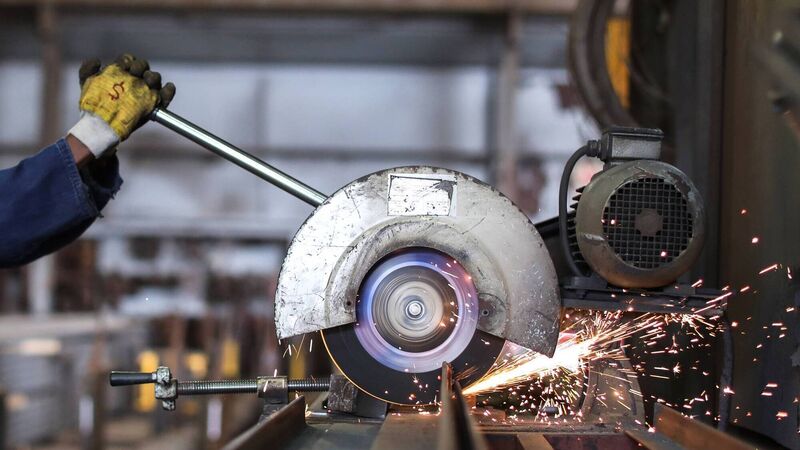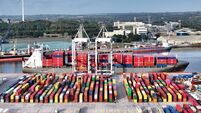Manufacturing sector grows at the slowest rate since March

Capacity constraints are still very evident in the sector with backlogs of unfinished work continuing to rise sharply. Picture: iStock
Irish manufacturing output grew at its slowest rate since March as manufacturers reported a further build-up in outstanding business.
Output and new orders both rose at the weakest rates in nine months with a further modest rise in exports weighing on total demand. Suppliers' delivery times lengthened markedly and cost pressures remained elevated overall despite some easing of input price inflation during December.
The AIB Purchasing Managers’ Index has now eased six times in the past seven months since hitting a record high of 64.1 in May, although the latest figure for December of 58.3 was still indicative of a marked overall improvement in manufacturing business conditions.
Manufacturing production rose for the tenth consecutive month in December, linked to higher demand with new orders increasingly similarly for the tenth consecutive month. New export orders increased but the rate of growth was only modest, as was the case in October and November.
Oliver Mangan, AIB Chief Economist said the subcomponents of the survey also registered strong readings, while continuing to move down from the highs seen around mid-year. "Manufacturing production is still expanding at a rapid pace, with new orders recording another marked rise, though growth in export orders remains muted," he said.
"Employment in the sector continued to grow at a solid pace. Meanwhile, manufacturers were very positive on the 12-month outlook for production, with sentiment hitting its best level since July."
However, the survey shows that capacity constraints are still very evident in the sector with backlogs of unfinished work continuing to rise sharply. Firms also saw a marked rundown in their inventories of finished goods.
"The combination of strong demand, continuing disruptions to supply chains and sharp upward pressure in raw materials, energy and transportation costs, resulted in a further marked increase in firms input prices," Mr Mangan said. "Manufacturers, though, are passing on these higher costs to customers, with output prices continuing to rise at a rapid pace, increasing at the third-fastest rate since the series began in 2002."











